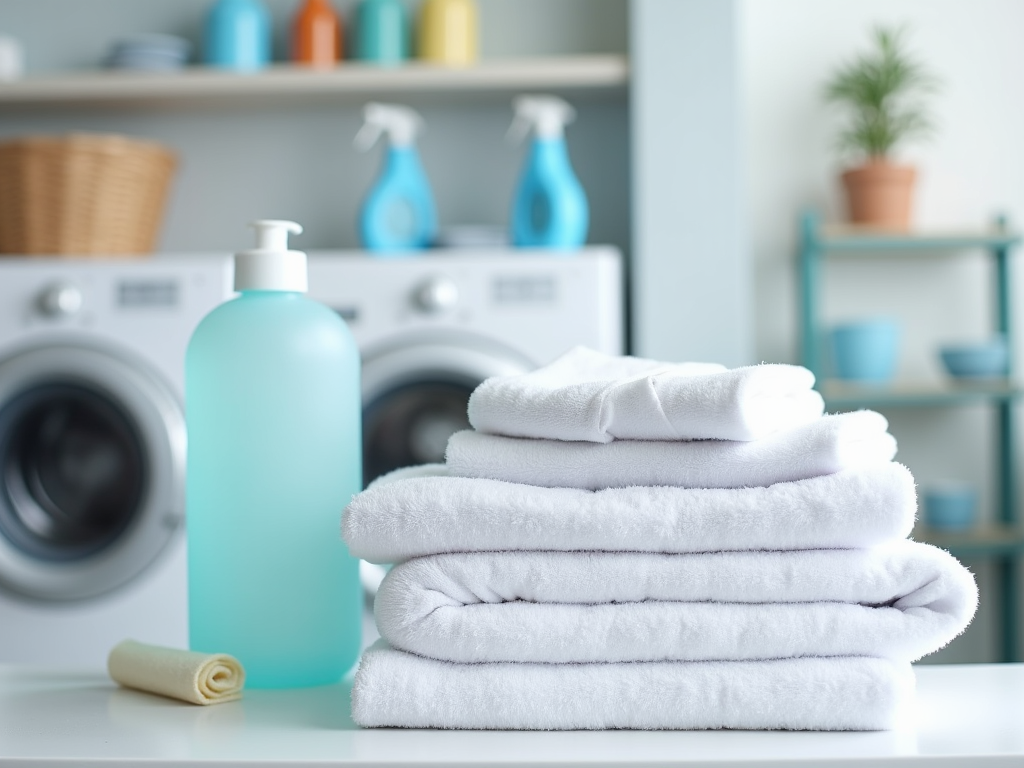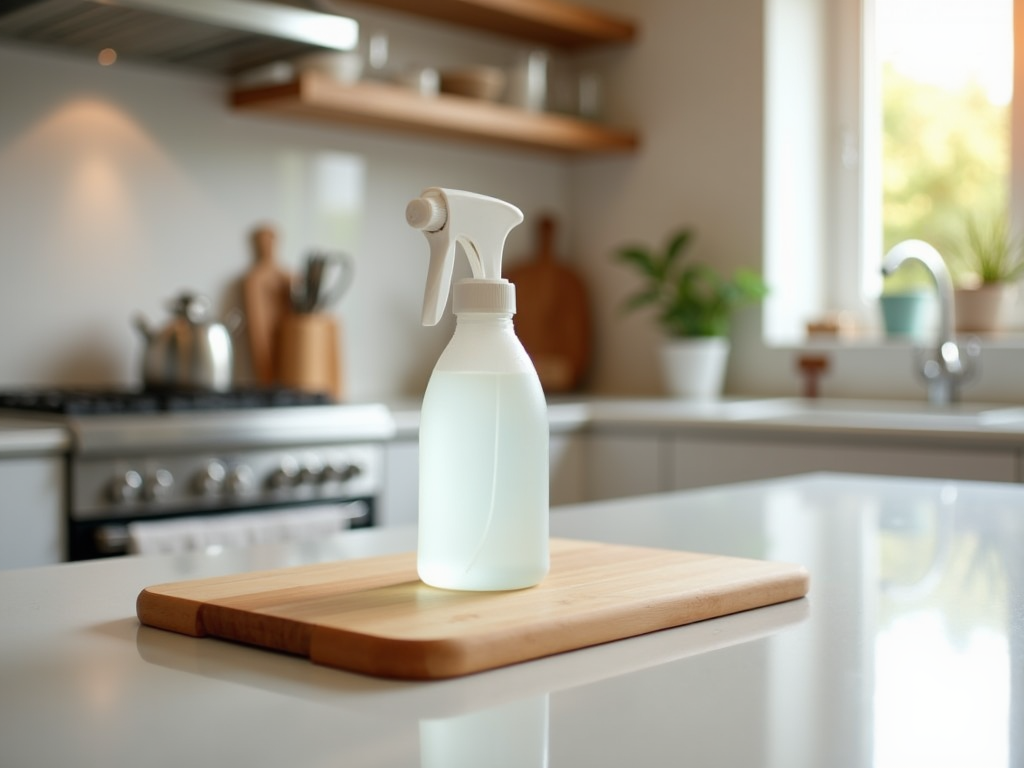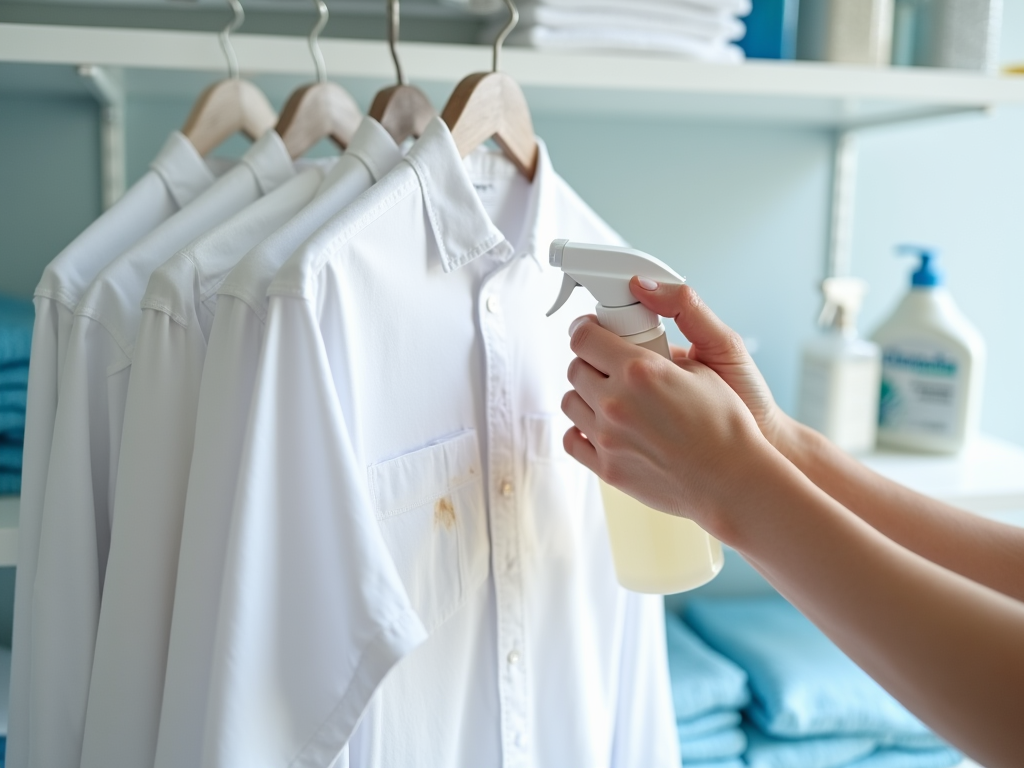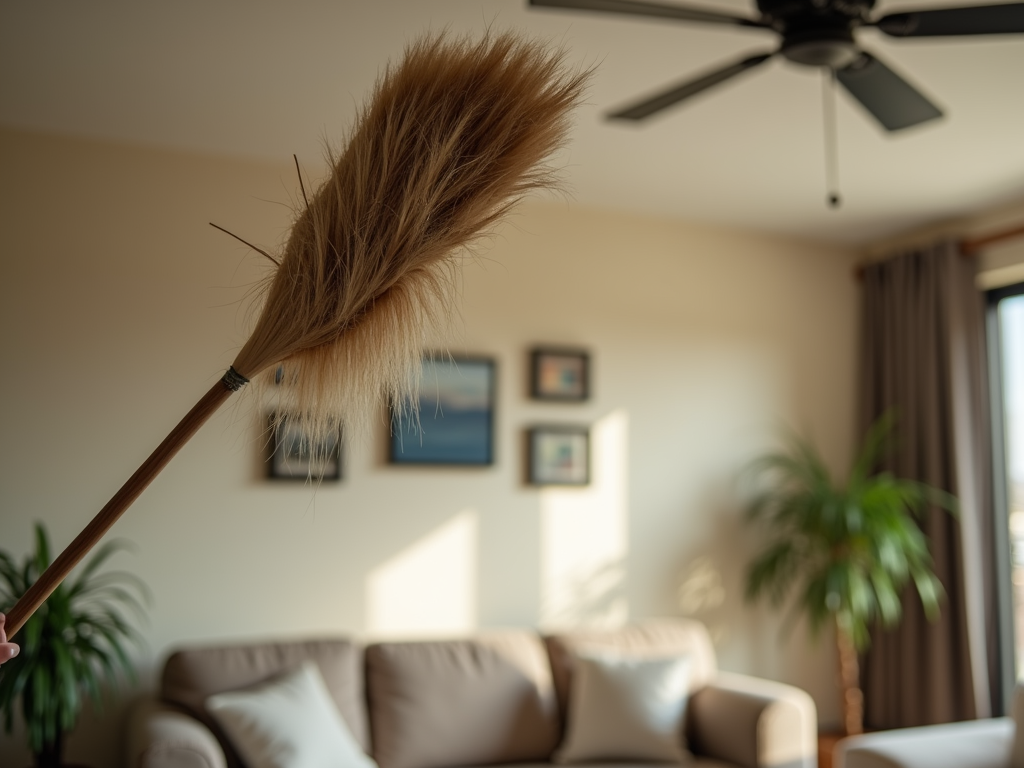Hydrogen peroxide is a versatile and affordable solution that goes beyond its usual role as an antiseptic. This household staple can help improve cleanliness, hygiene, and freshness in various unexpected ways. In this article, we’ll explore nine inventive uses for hydrogen peroxide that you might not have considered but will definitely want to try.
1. Disinfecting Cutting Boards

Your kitchen cutting boards can harbor harmful bacteria due to frequent use for raw meats, vegetables, and other ingredients. To effectively disinfect them, hydrogen peroxide can be a game-changer. After scrubbing your cutting board with hot soapy water, pour a small amount of hydrogen peroxide onto the surface. Allow it to sit for a few minutes to break down bacteria and germs thoroughly. Rinse the board with water afterward to ensure it is safe for future use. This method helps maintain a bacteria-free kitchen environment, reducing food contamination risks. Remember to dry your cutting board properly to avoid warping and extend its lifespan.
2. Whitening Laundry
If your whites are looking a little dull or stained, hydrogen peroxide can rejuvenate them without the harshness of bleach. To use, simply add one cup of hydrogen peroxide to your wash cycle. This natural bleaching agent works safely to remove stains and brighten fabrics without damaging them. It’s particularly effective with whites and can also be used to treat specific stains like blood or wine before regular washing. The chemical breakdown of organic stains makes hydrogen peroxide an eco-friendly option compared to traditional detergents and bleaches. However, always test a small area of fabric for colorfastness before applying it broadly.
3. Cleaning Tile Grout
Over time, tile grout can become discolored and grimy, especially in moisture-heavy areas like kitchens and bathrooms. Hydrogen peroxide is an excellent solution for tackling stubborn grout stains. Create a paste using hydrogen peroxide and baking soda, and apply it to the affected areas. Let it sit for some time to penetrate the dirt, then scrub with a brush to lift the grime away. The effervescent action helps to dislodge dirt particles, making it easier to achieve sparkling clean tiles. Rinse thoroughly with water afterward to remove any residue. Regular use can help maintain clean grout lines, preventing mold and mildew build-up.
4. Freshening Carpets
Carpets can hold onto odors and stains, even with regular cleaning. Hydrogen peroxide offers a simple solution to refresh them. Mix a solution of equal parts hydrogen peroxide and water in a spray bottle. Lightly spray over the carpet, focusing on areas that need more attention. Don’t oversaturate to avoid damage to the carpet fibers. For deeper stains, consider adding a few drops of dish soap to the mix. Hydrogen peroxide’s bubbling action helps lift stubborn dirt and odors while its anti-bacterial properties ensure a more hygienic rug. Allow it to sit briefly before blotting with a clean towel and leaving it to dry completely.
5. Sanitizing Your Toothbrush
To maintain oral health, it’s crucial to keep your toothbrush sanitized since it can harbor bacteria after every use. Hydrogen peroxide is a perfect disinfectant choice for this. Simply soak your toothbrush in a small cup filled with hydrogen peroxide. This step will help to kill off the bacteria that accumulate on bristles, ensuring your toothbrush remains clean and ready for use. It’s recommended to do this regularly, ideally weekly, to minimize bacterial transfer back to your mouth. This practice is especially important when recovering from illness to prevent reinfection. After soaking, rinse the toothbrush thoroughly to remove any residual peroxide taste before using it.
Conclusion
Hydrogen peroxide is a multi-functional household ally that can be used in many more ways than most people realize. From keeping your laundry bright to sanitizing personal items, this inexpensive product proves its worth across various applications. Always remember to handle it with care, using proper dilution where needed, and enjoy a cleaner, healthier home environment. Consider switching to hydrogen peroxide solutions for safer and environmentally conscious household cleaning.
Frequently Asked Questions
1. Can hydrogen peroxide damage surfaces?
Hydrogen peroxide is generally safe for most surfaces, but it’s important to test an inconspicuous area first. It’s best avoided on colored fabrics or metals like aluminum to prevent potential damage.
2. Is hydrogen peroxide safe for pets?
While hydrogen peroxide can be used to clean items in your pet areas, avoid applying it directly on pets or using it without checking with a veterinarian. Ingestion can be harmful.
3. How should hydrogen peroxide be stored?
Keep hydrogen peroxide in its original, dark bottle to prevent light exposure that can lessen its efficacy. Store it in a cool, dry place away from children.
4. Can I mix hydrogen peroxide with other cleaners?
It’s generally safe to mix hydrogen peroxide with water or baking soda. However, never mix it with vinegar or bleach, as this can create harmful gases.
5. How often should I replace my hydrogen peroxide bottle?
Hydrogen peroxide is most effective within six months of opening. It should be replaced if you notice that it no longer bubbles upon contact with surfaces.



